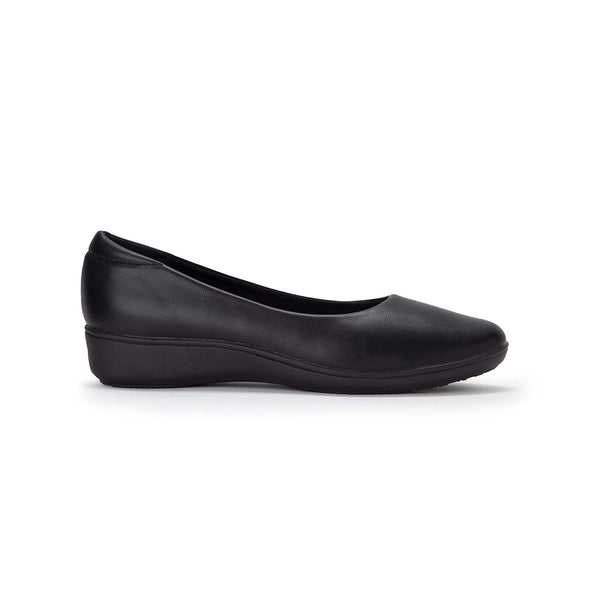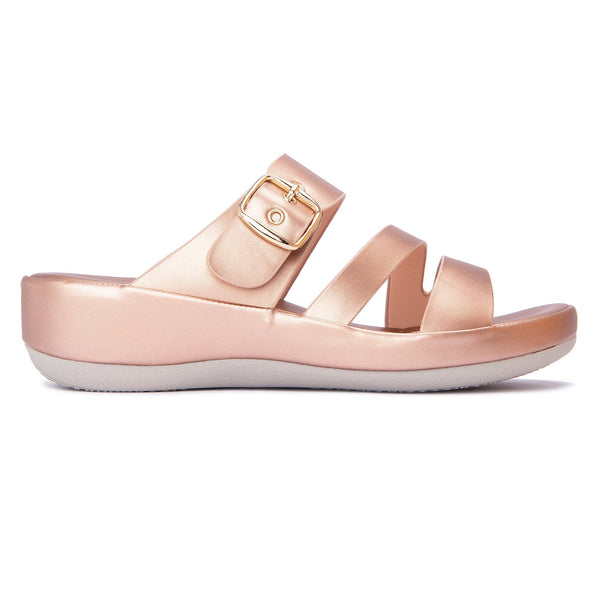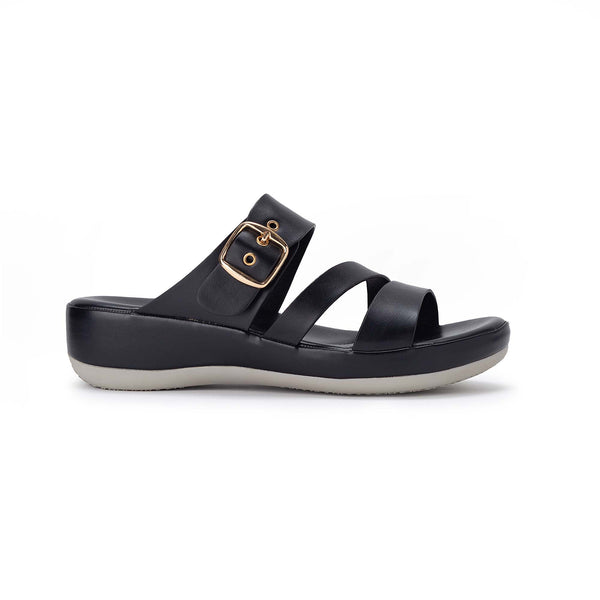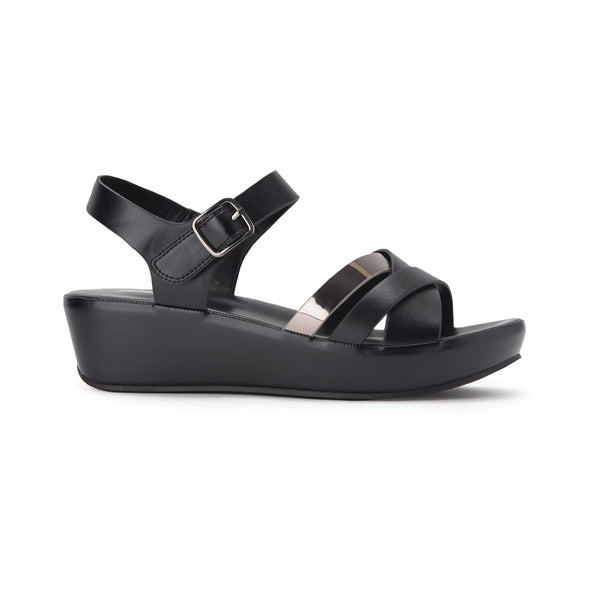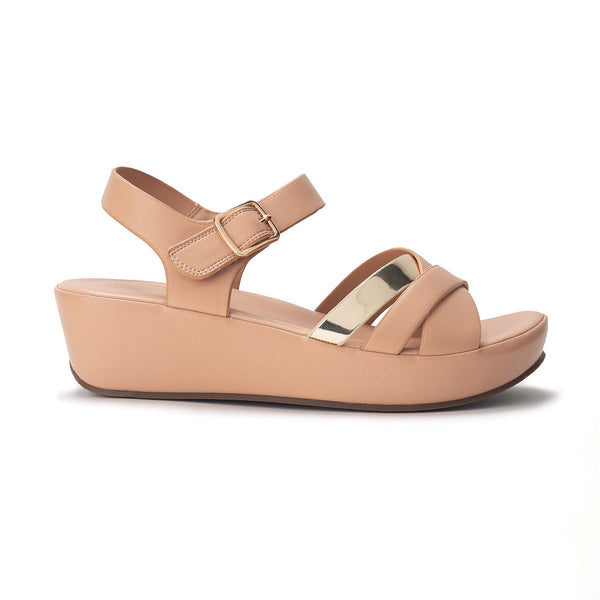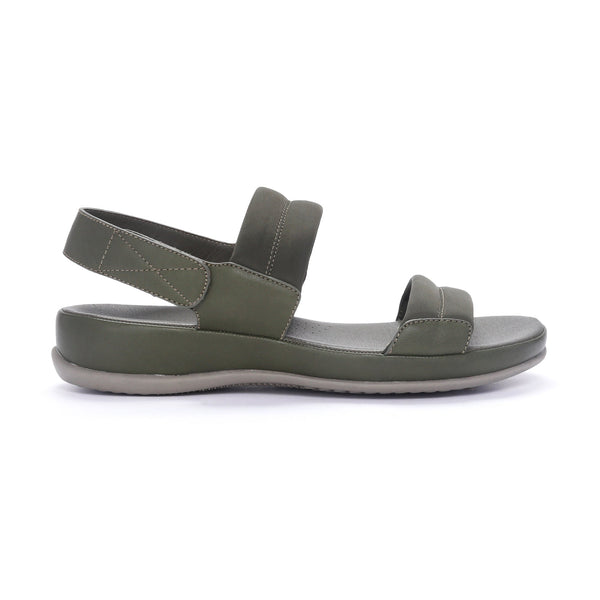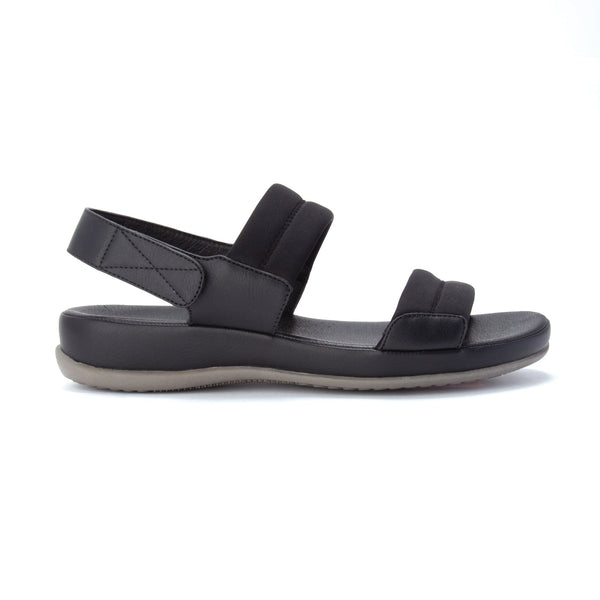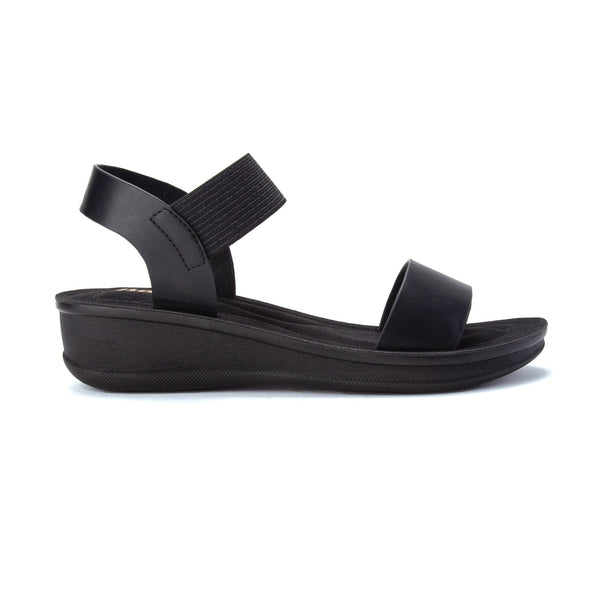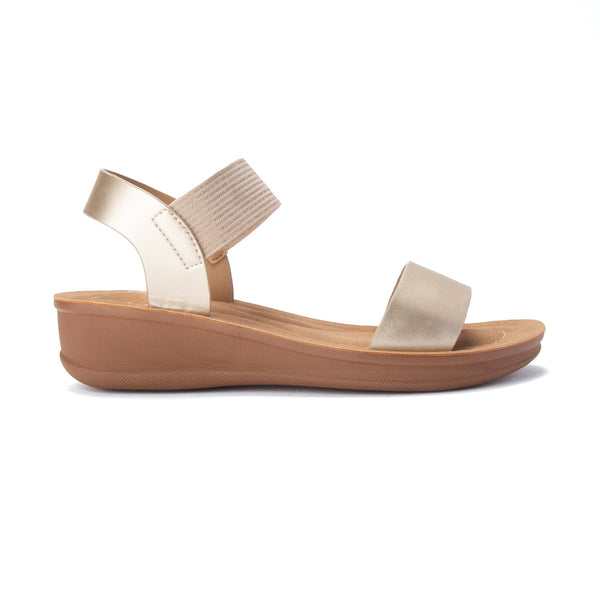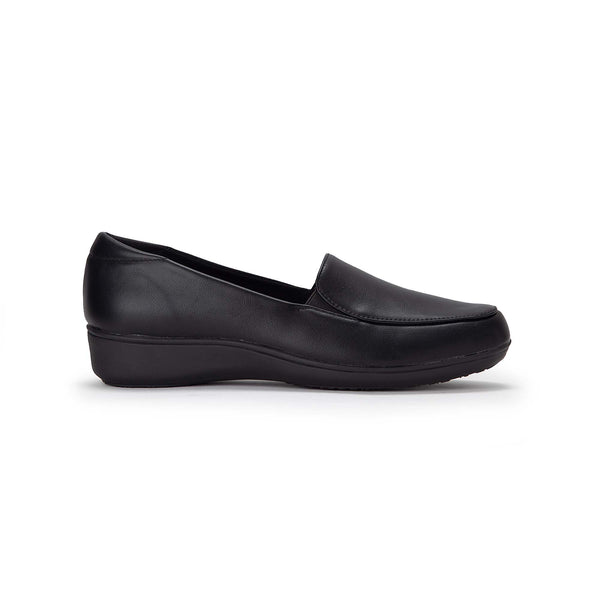Run Faster and More Comfortably with Our Shoelace Tying Tricks

Whether you are new to running or are simply curious about ways to improve your running performance you are in the right place! Despite being an afterthought for many athletes and running enthusiasts, how you lace and tie your shoes is about more than shoe fashion; it also plays an essential role in your running toolkit. From urban running paths to rugged nature trails, we have the tips you need to feel better while enjoying your favourite form of exercise.
In addition to significantly impacting your running performance and overall comfort, slight changes to your shoe-tying methods can often solve common problems like heel slippage, black toenails, blisters, and other foot irritations. Especially when trying out a new pair of running shoes or switching activities to trail running, it is wise to experiment with creative lacing strategies to ensure you get the most comfortable running experience possible.
Are you excited to hit the road or trail with some easy shoe-tying tricks?
Here's what you need to know about running shoe-lacing hacks and how to try them yourself.
Make sure the shoe fits
Before we go in-depth into how different foot types and running styles can benefit from cool lacing techniques, it is necessary to ensure you have the correct size shoe to start with. You can find some tips about sizing in this article or refer to our BATA Power and Weinbrenner brand sizing charts.
If your shoe isn’t the right fit for your foot or foot type, your feet will continue to suffer. If you want more personal guidance, pop into your local Bata shoe shop to talk with one of our footwear professionals about finding the right combination for you!
Also, be mindful that while some of these tips can help address minor issues, we always recommend seeking advice from a medical professional if you are experiencing a lot of foot pain or a little problem persists over time.
Lacing techniques to address common foot issues caused by running
Suppose you’re feeling minor discomfort and suspect it negatively impacts your performance. In that case, a handful of lacing techniques can help give you a more comfortable fit that supports your foot type and running style.
How to tie shoelaces step by step according to your needs:
Runners Loop for a secure heel
A key thing to look for when choosing shoes suitable for running is that they should respect the morphology of your feet. For example, when your heel isn’t held firmly, your foot can slip forward and bump your toes against the front of your shoes. Your fix is the runner’s loop shoe-tying method:
- Begin by lacing your shoes normally, crisscrossing until you reach the second eyelet below the top.
- Instead of crossing over again, pull each lace end up on the same side, inserting it into the top eyelet to form a loop.
- Pull each lace end through the loop on the shoe's opposite side.
- Tug the lace ends up and out a few times to make the loops more secure.
- Finish by tying your shoelaces in the usual way.
Window lacing to relieve pressure in the front
If you are enthusiastic about trail running, love running hills, or often encounter uneven surfaces on your runs, then you are probably inclined to tie your shoes super tights so that they won't move around. This can cause problems, though. If your running shoes are causing an uncomfortable pressure point on the top of your foot, window lacing (aka “box lacing”) can help alleviate the problem:
- First, unlace the shoe to the eyelet just below the pressure point.
- Re-lace by going straight up to the next eyelet and crossing the laces.
- Finish lacing the rest of your shoe in your usual way.

Reef knot for top-notch security
A reef knot makes the knot more secure as you move, so your shoes never get loose. This is an excellent trick for everyone, especially trail runners, who may encounter different terrain and weather conditions. Transform your regular tie into a reef knot with these easy steps:
- Start with a standard shoe-tying method. First, cross and snug the laces, then form your first loop the same way.
- Now, reverse the lace path as you form your second loop: If you always pass the lace on top of the first loop, then pass it under the second loop this time (or vice versa). This is the step that fixes the knot.
- Finish the knot and do the pull test.
Running shoelace-tying techniques to accommodate different foot shapes
High Arches
If you have high arches, you can easily adjust your running shoe lacing technique to alleviate the pressure from the middle section.
- Start lacing normally with a crisscross.
- In the middle section, thread the shoelace only through the side eyelets.
- Criss-cross through the final two eyelets and tie as normal.
Wide Forefoot
For a wide forefoot, try a lacing technique that gives you more space in the toe box and takes some of the pressure off.
- Begin by threading the shoelace only through the sides.
- From the midfoot onwards, start tying with a criss-cross.
- Finish with a criss-cross through the final eyelets.
Narrow Foot
If you have a narrow foot, you should ensure your lacing style tightens the shoe.
- Start by lacing the shoes normally with a crisscross.
- Next, skip an eyelet and thread the lace in a crisscross.
- In the end, lace in a usual criss-cross pattern.
Overall Wide Feet
If you have generally wide feet, use a lacing technique that loosens the entire shoe and gives the foot more space.
- Begin lacing in a normal criss-cross
- Then thread the shoe in a criss-cross every other eyelet
- Tie at the end as usual.

High Midfoot
For a high midfoot, ease any pain by relieving the pressure in this area.
-Lace the shoe normally with a crisscross.
- Then thread the shoelace only through the sides.
- After the point where discomfort has occurred, start tying with the crisscross again.
Find your perfect running shoe
If you have not already found a running shoe you love, before you worry about your laces, you need to find your ideal running shoe!
Comfort king
An excellent option for those who love a long and comfortable run is our Power Plazma running shoes. With Plazma technology, these performance running shoes offer enhanced cushioning and stability thanks to an EVA midsole with specialised features such as gel and dual-density foam.
Just the right amount of bounce
Intended to make you as light on your feet as possible, the Power XoRise+ are all about rebound and responsiveness. Specially formulated EVA or TPE compounds offer energy return
and just the right amount of cushioning.
Support that feels so good
Power DuoFoam MAX, which feature Duo Foam technology, are a great option for mid-distance runners as they have responsive maximum cushioning and excellent stability. These will keep your feet happy and healthy as you rack up the miles.
Built for speed
The Power XoLite Racer are lightweight and perfect for runners who like to go fast. Featuring a streamlined design with a high-toe spring and a curved heel, this shoe has a definite aerodynamic edge with a weight reduction compound for maximum weight savings.
Ready for any trail
For the trail runners out there, the Weinbrenner Instinct has been expertly crafted with you in mind. Grip and shock absorption are top priorities here. With our W-Grip technology for superior traction, these waterproof shoes also have a Phylon midsole that offers superb lightweight support.
If you are ready to try out these lacing techniques on a new pair of running shoes, you can shop the latest collection of Bata women’s running shoes and men’s running shoes today!


